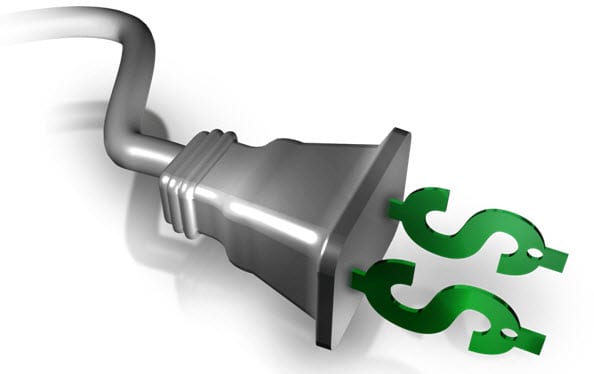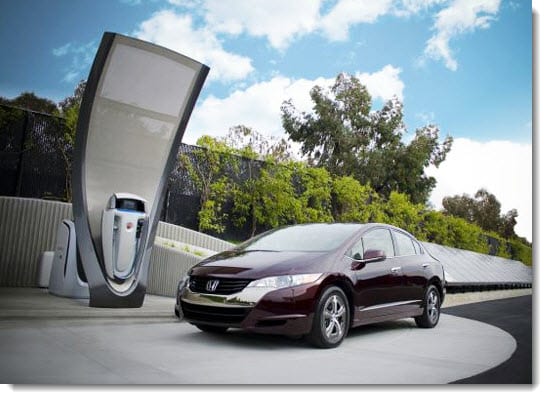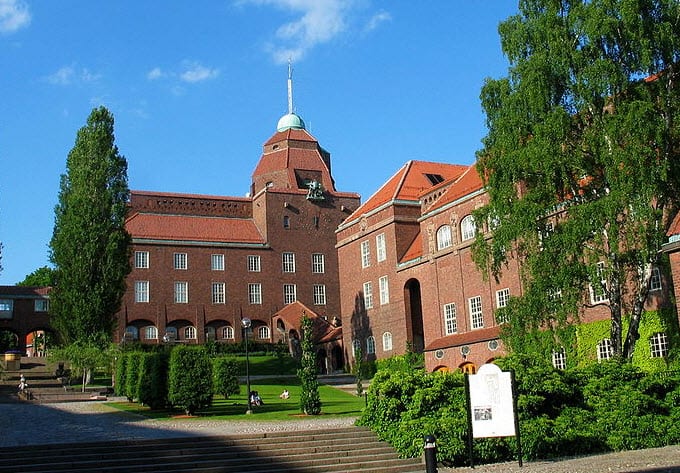
Researchers trying to reduce hydrogen fuel cell price in Denmark
May 27, 2011Researchers in Denmark, led by Professor Ib Chorkendorff of the Technical University of Denmark, have discovered yet another way to reduce the costs of hydrogen fuel cells.
They have found a material that can replace platinum catalysts within fuel cell units. In doing so, they can reduce the overall cost of fuel cells dramatically.
While cost is not the only challenge facing the acceptance of hydrogen fuel today, it is certainly one of the most daunting and difficult to overcome. As technological advances continue to push fuel cells into viability, they are gaining popularity around the world as a probable successor to oil.
There has been interest in combining both solar and hydrogen power systems together for some time. The combination of the technology can make a cyclical, self-sustaining fuel cell – one that requires nothing more than sunlight to power chemical conversions of hydrogen into electricity.
Researchers have targeted an unassuming material, called molybdenum sulfide, to achieve this goal.
When the material is introduced to the photocathode component of a fuel cell, it begins to produce hydrogen gas when exposed to light. Researchers have tested this method and found that the molybdenum covered catalyst has a solar-to-hydrogen efficiency of more than 10%, which is slightly greater than conventional platinum catalysts. The discovery may be the first in a long line of technological advancements as researchers in Denmark continue to look for more alternatives to platinum catalysts in fuel cells.



 With over 15 years of reporting hydrogen news, we are your premier source for the latest updates and insights in hydrogen and renewable energy.
With over 15 years of reporting hydrogen news, we are your premier source for the latest updates and insights in hydrogen and renewable energy.